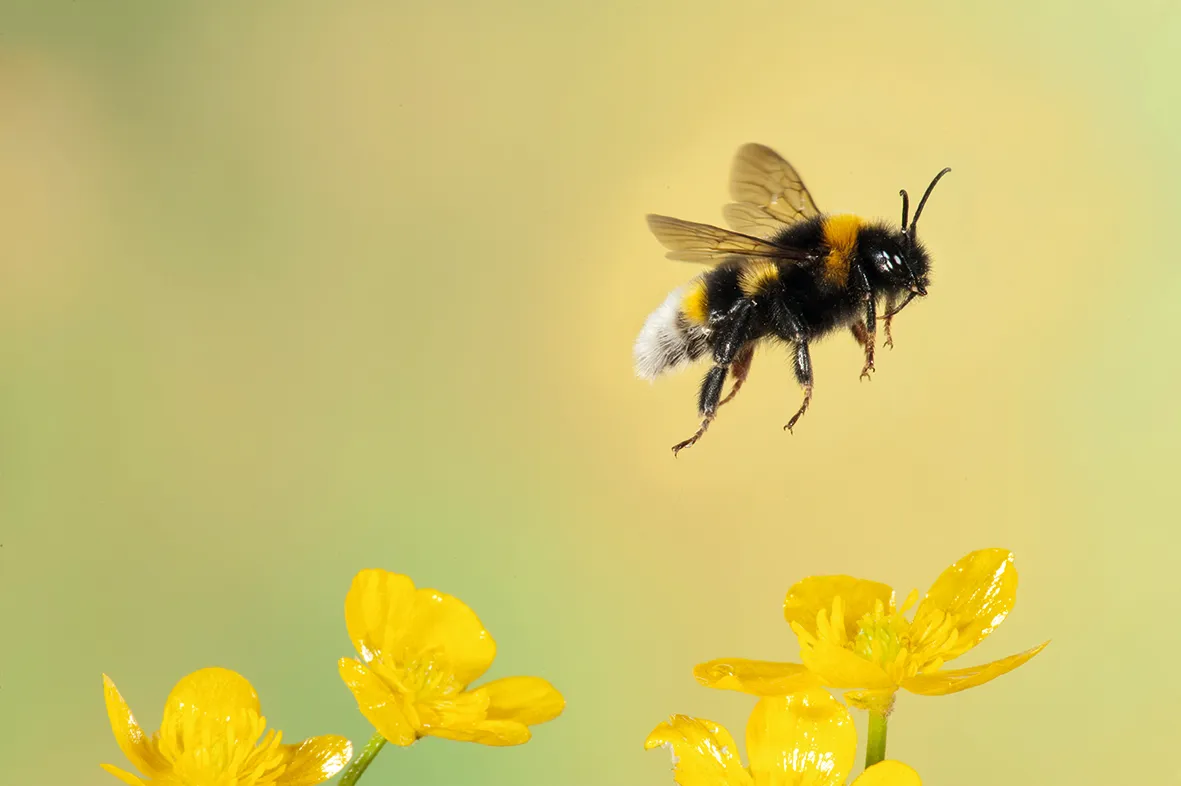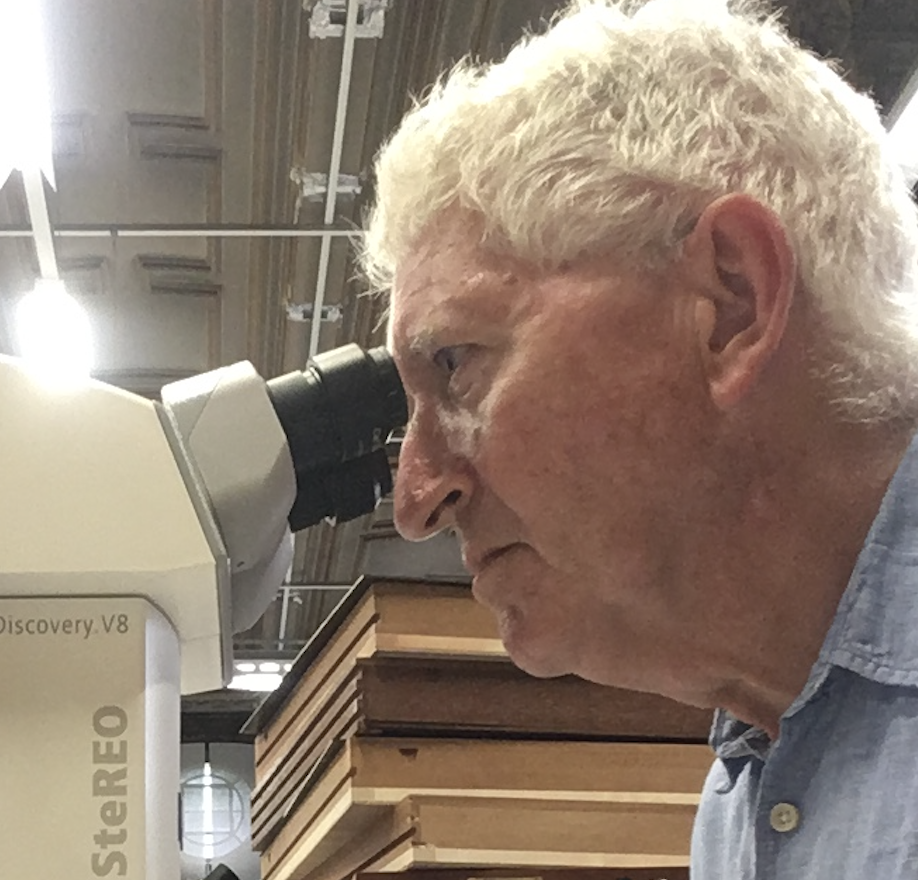Free nectar, in return for precise pollen-moving services — its an ancient trade-off between plants and insects that’s been going on ever since flowers evolved about 140 million years ago.
Plants growing and flowering early in the year, especially in woods that are rather shady later in summer, are serviced by early pollinators — themselves taking advantage of a less-crowded if cooler season.
We take a look at some of the most common spring pollinating insects, including flies, hoverflies, shieldbugs and bees.
Common bee-fly
As it drinks nectar from a primrose with its long tongue, its wings beat so fast as to be invisible. It lays its eggs, bounce-bomb style, in the tunnels of solitary bees.
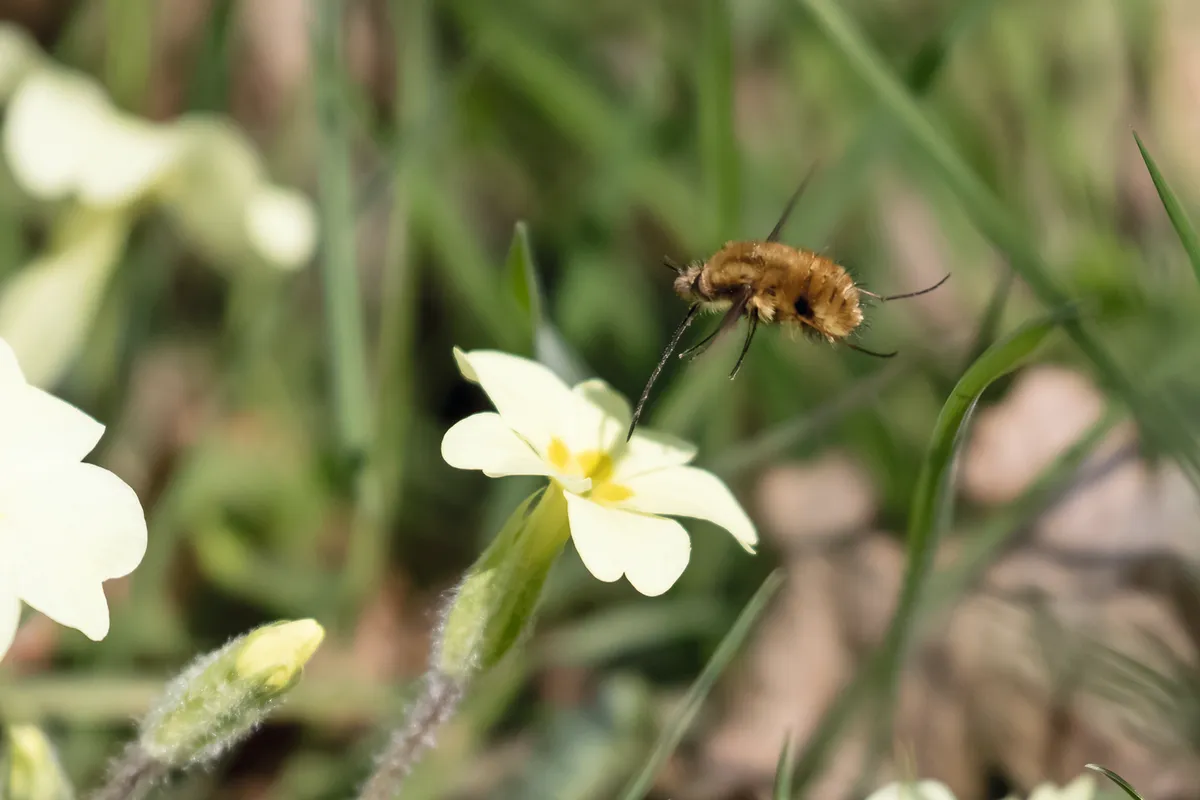
Brown hoverfly
Slim and shiny with orange-brown hairs, it is one of several similar hoverflies. Sallow blossom, blackthorn colt’s-foot and dandelion are favourites; it also visits thistles to lay eggs.
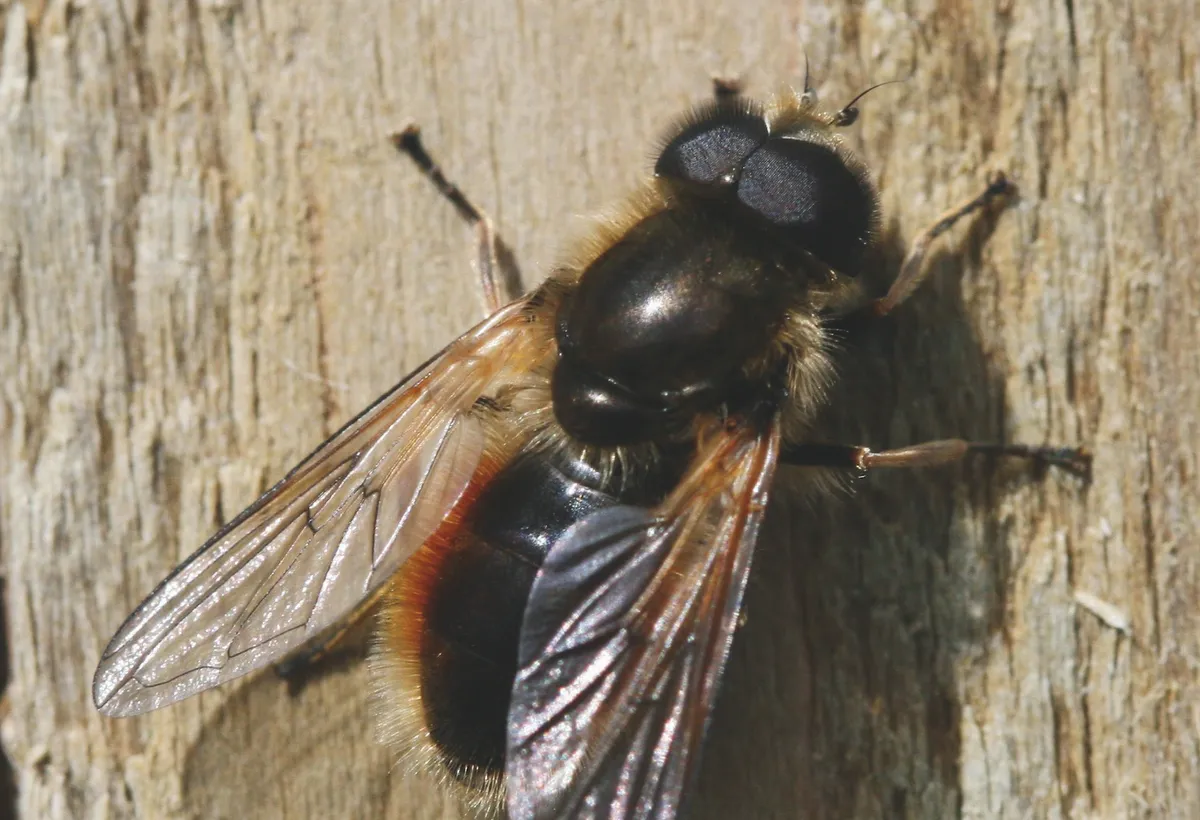
Bumblebee hoverfly
Very large eyes and long narrow wings help distinguish this superb bumble-mimic. It is either all-over orange-brown or has a black abdomen with pale tail-tip. Visits sallow blossom.
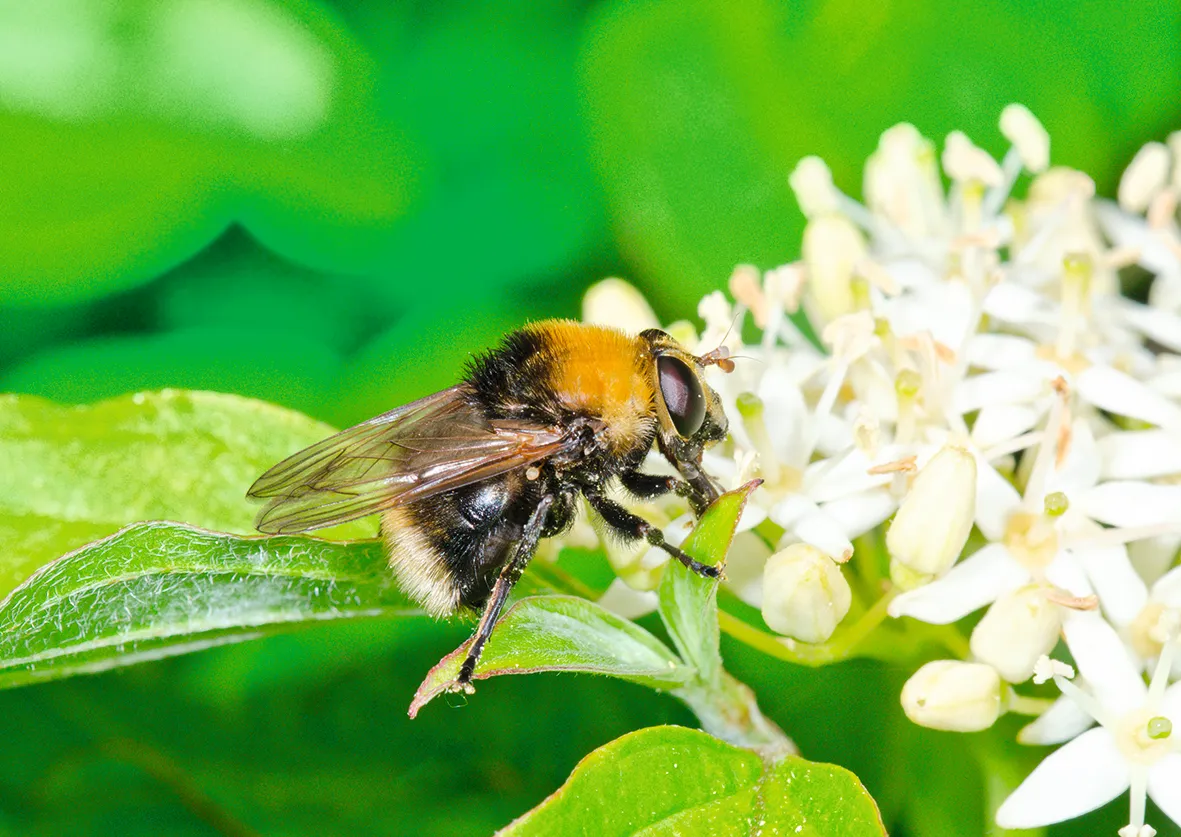
Shieldbug fly
Its bizarre, broad coloured wings make it look like a shieldbug, which it parasitises. It visits cow parsley and other umbels in wet meadows, damp hedgerows and woody edges.
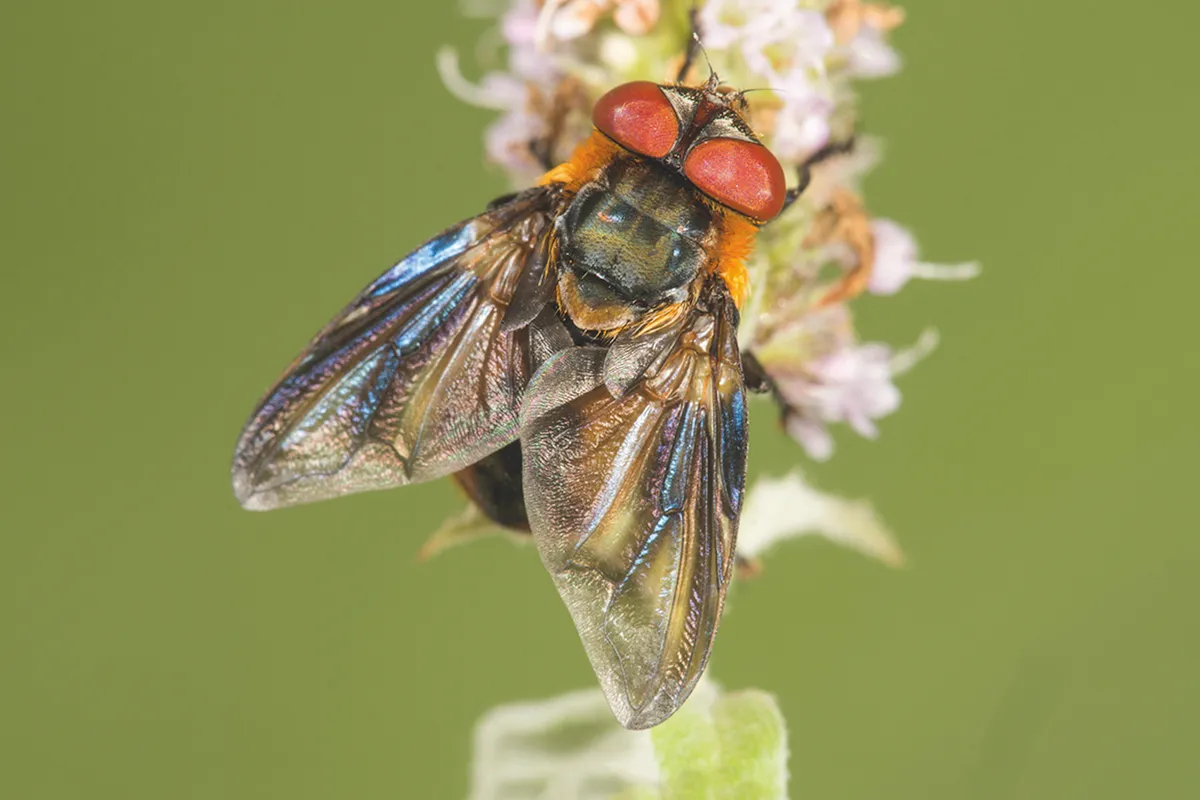
Ashy mining bee
Distinctive white hairs on head and thorax contrast with a shiny blue-black abdomen in the female. Nests in well-drained soil. Often on gorse, hawthorn, buttercups and oil-seed rape.
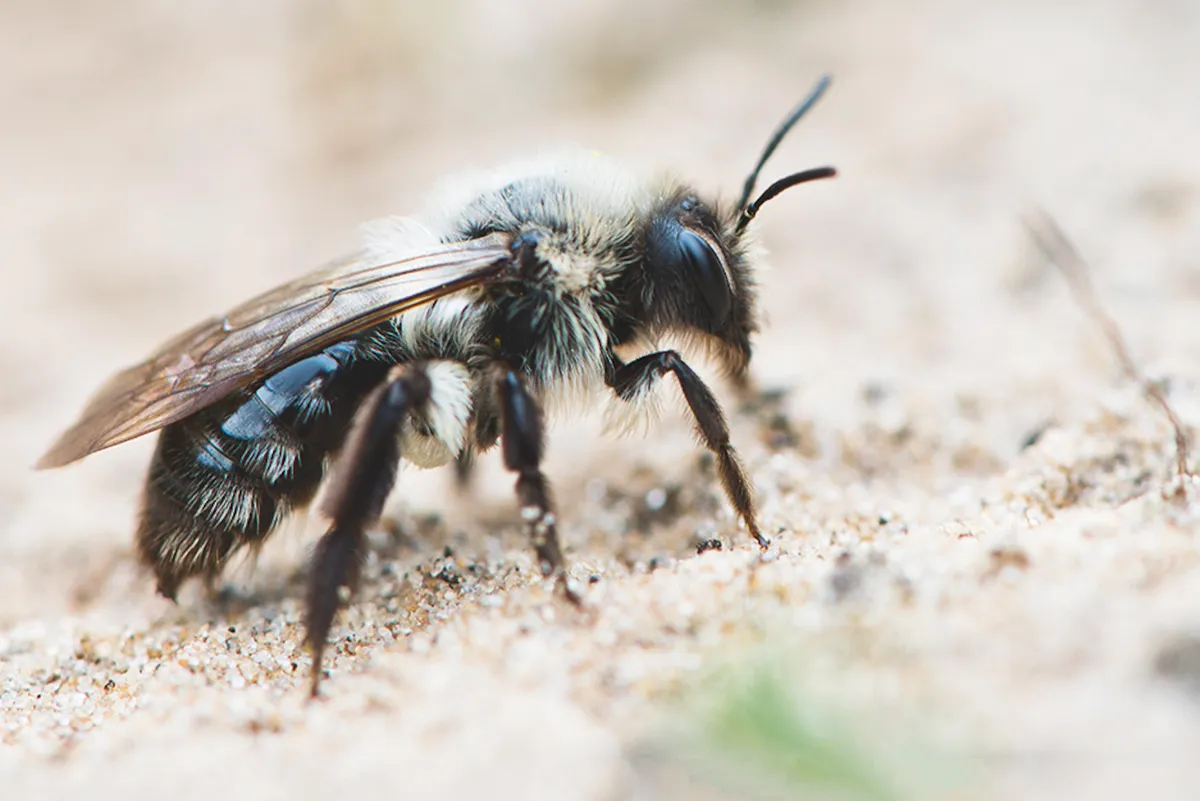
Early mining bee
The large broad females have a bright orange thorax, shining black abdomen and orange tail-tips; males are narrower, brown and black. Often seen on dandelion and wood anemone.
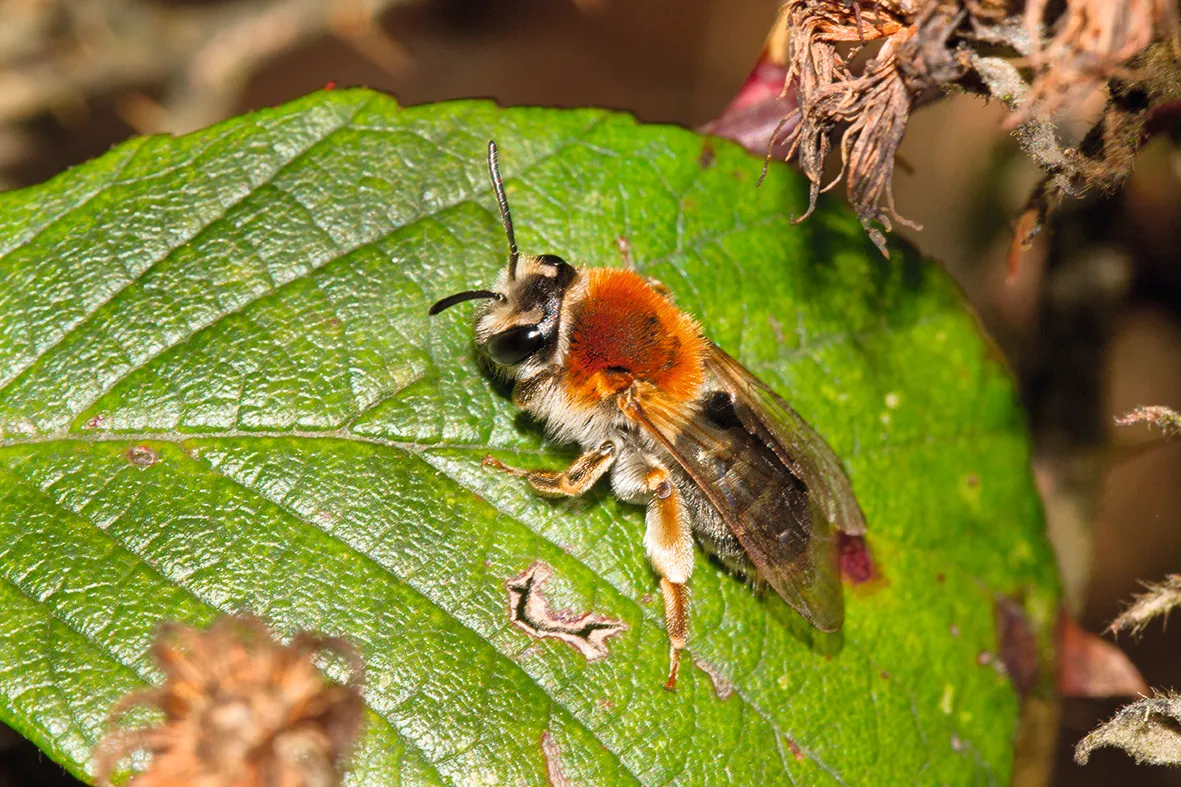
Hairy-footed flower bee
Like a small squat bumblebee. A squadron of brown and grey males (with feathery feet) will pursue a black female as she darts round red dead-nettle.
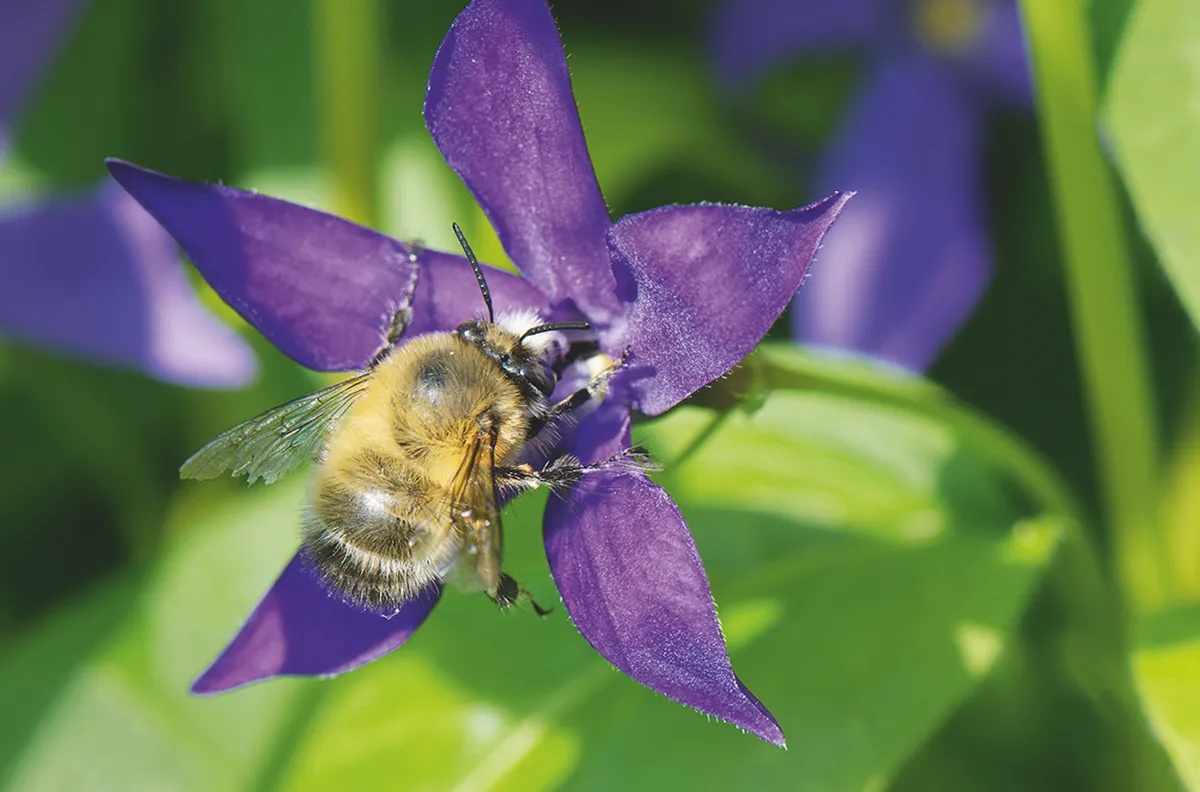
Early bumblebee
The first bumblebee out has a lemon-yellow collar band on its thorax, an orange tail and frequently a yellow abdominal band. It visits colt’s-foot, sallow and dandelions.
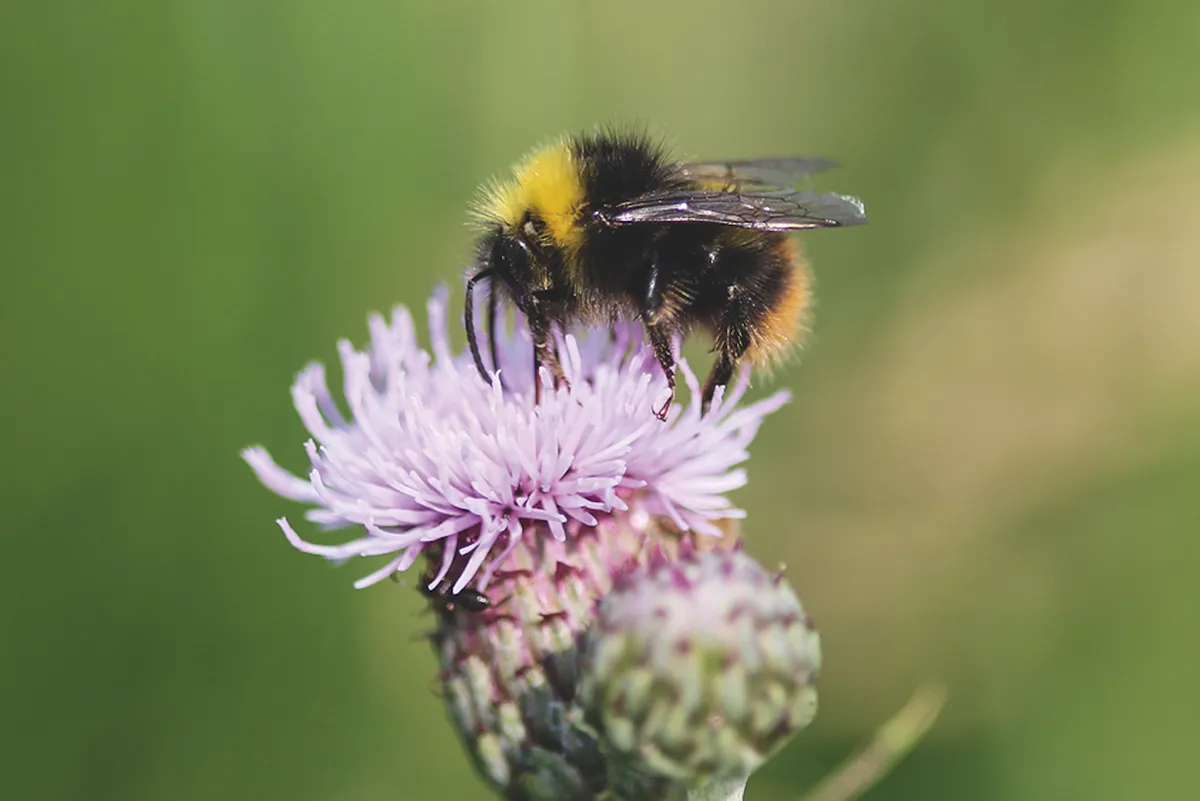
Garden bumblebee
Yellow bands across shoulder and thorax-abdomen join and a white tail. Its long head (and tongue) is linked to deep flowers such as dead-nettles, ground ivy, bluebells and comfrey.
